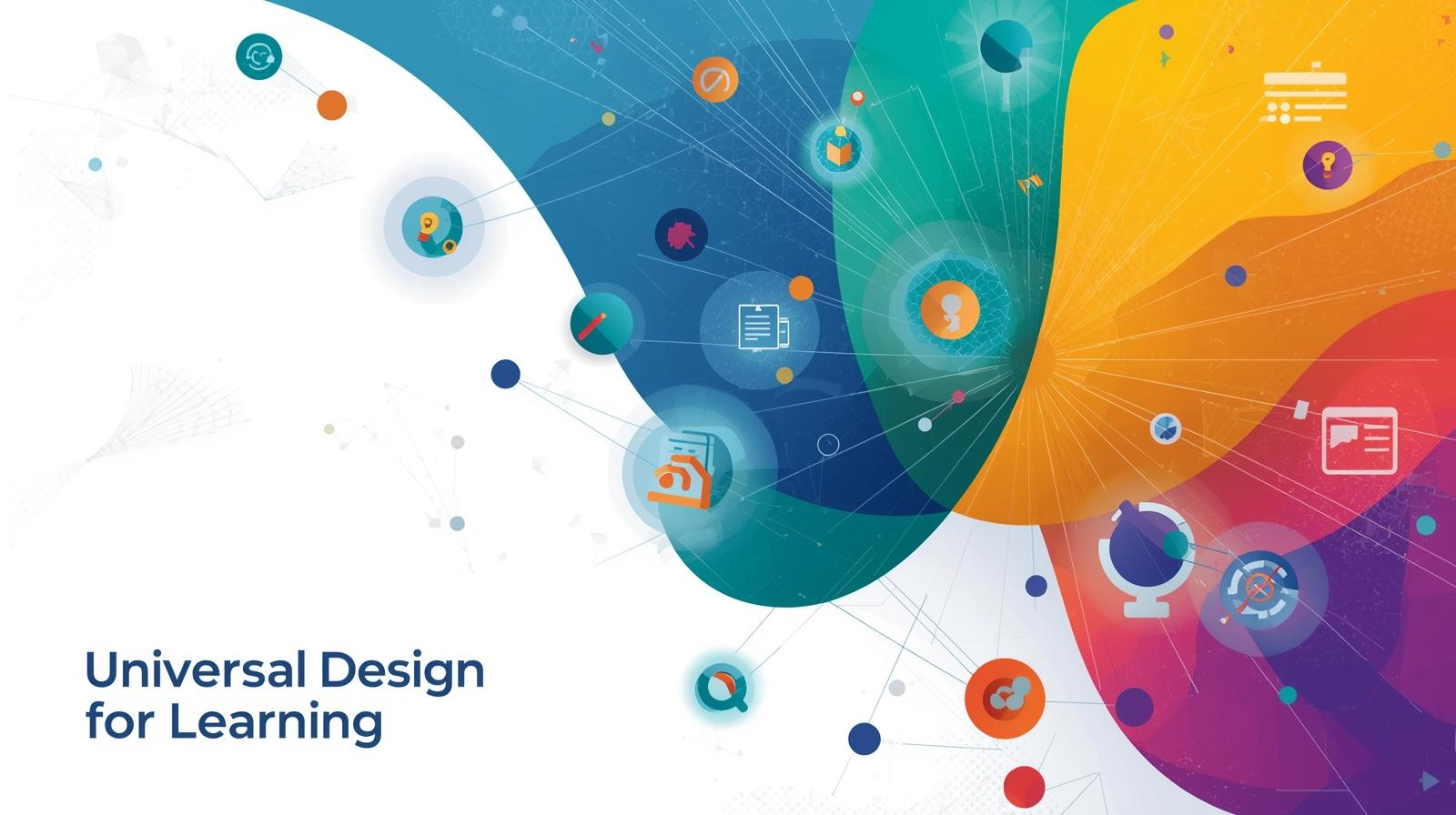
Guiding Language
Universal Design for Learning (UDL) promotes teaching practices that proactively remove barriers and support all students, particularly those with disabilities. By applying UDL principles, instructors can create learning environments that are accessible, inclusive, and engaging for everyone. Through intentional design, instructors can integrate environmental, technological, and instructional strategies such as accessible documents, organized Blackboard content, and flexible participation options to foster inclusivity and engagement. UDL emphasizes offering content in multiple formats, encouraging participation through varied methods, and allowing students to demonstrate learning in diverse ways. This information also highlights the importance of accessible technology, clear organization, and predictable course structures to support comprehension and focus. Overall, by reflecting on current teaching methods and making small, purposeful adjustments, instructors can design courses that anticipate diverse learning needs and provide a more consistent and equitable experience for every student.
